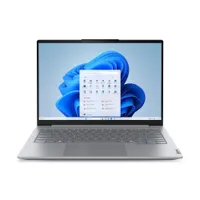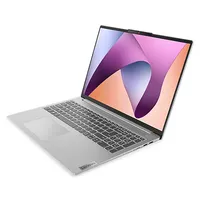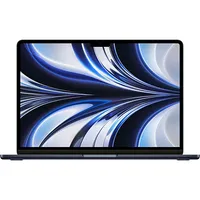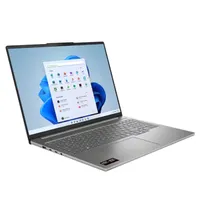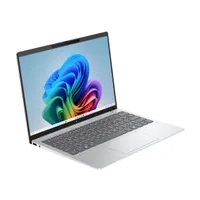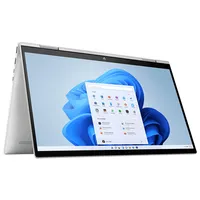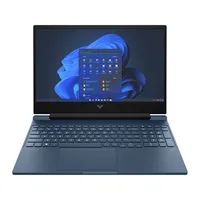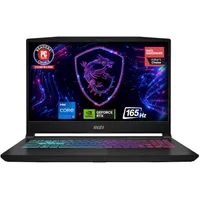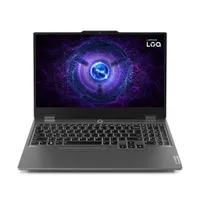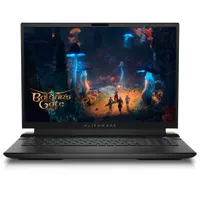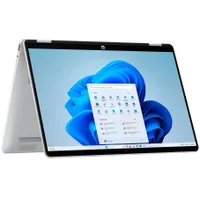EOFY laptop sales 2025: you can still score a great deal on 2-in-1s, gaming laptops, student picks and more
Missed the June 30 deadline? There are still big discounts available from brands like Apple, Dell, Lenovo, HP and Acer
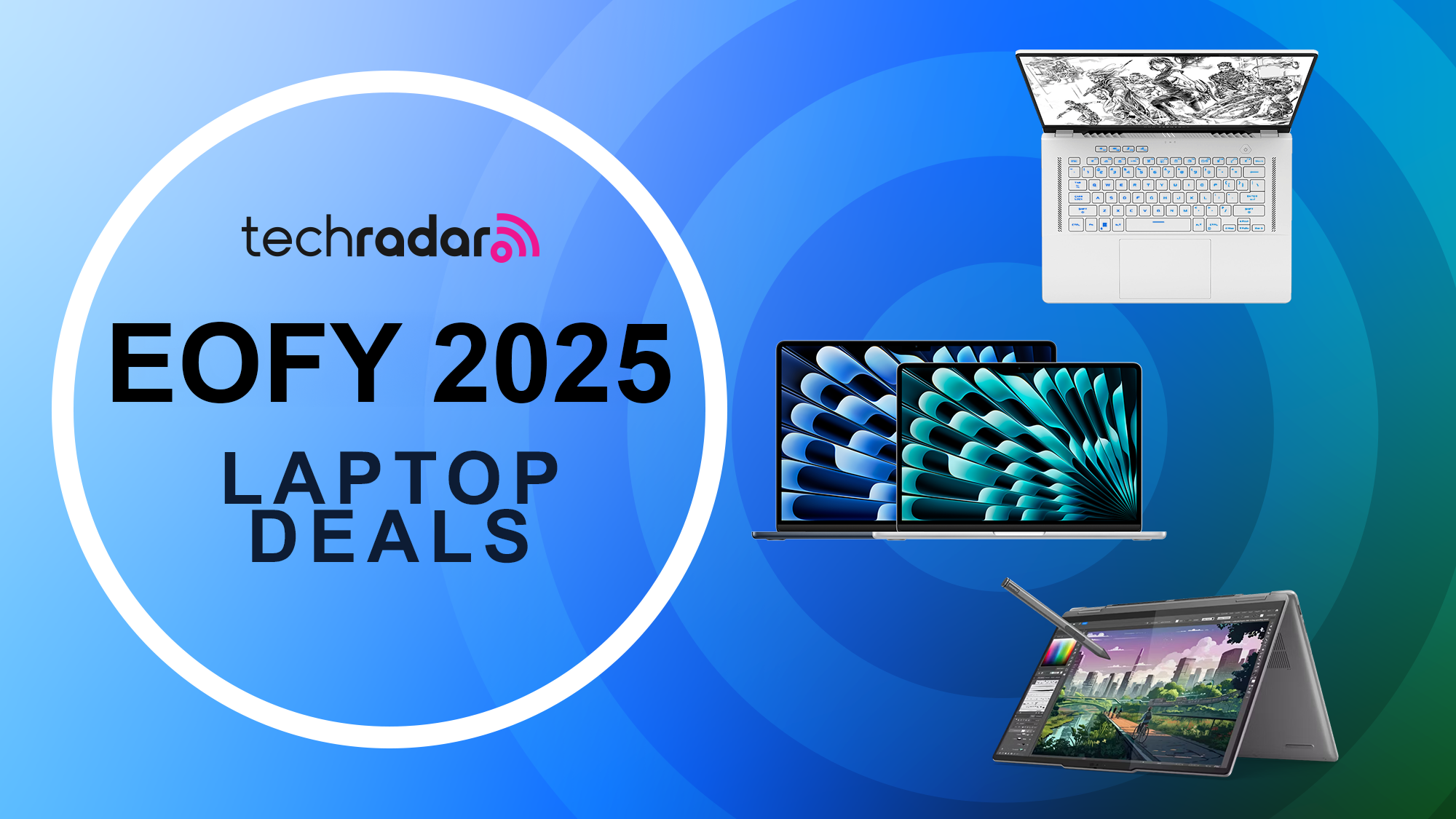
EOFY 2025 is technically done, and if you didn't score a bargain on or before June 30, you won't be able to claim it on your tax till next year. But that doesn't mean the deals are done, and our favourite brands keep the discounts flowing through July.
As a comparison, in July 2024 after the main sale, we saw some great bargains as retailers cleared out old stock to make way for newer models.
Right now Lenovo has up to 43% off laptops, while HP is discounting as much as 50%. Dell has a few great deals, while Apple MacBooks are only seeing small price drops.
Check out our TechRadar discount coupons for extra savings, or jump to our coupons section below to learn more.
Key dates for the 2025 EOFY sales
Sale starts:June 1Early deals:late MayEOFY sales end:midnight June 30- Late deals: early-to-mid July
The best EOFY retailers
- Lenovo: up to 43% off laptops
- HP: After EOFY deals with up to 50% off
- Kogan: deals on everyday and gaming laptops
- The Good Guys: deals on Acer, HP, Lenovo, Microsoft and more
- Amazon: a range of laptops with fast delivery
- Dell: best-price offers during and after EOFY
- eBay: some excellent after EOFY deals
- JB Hi-Fi: shop big discounts on laptops
- Mwave: save on Asus, HP, Lenovo and more
- JW Computers: great deals on a range of laptops
All the big brands have great after EOFY deals on offer, and to make it easier to find the best, we've rounded up our favourites below.
Can't find what you want? Check out our guides to the best laptops, plus the best gaming laptops.
If you are after other tech and gadgets, check out our complete list of after EOFY deals.
The best deals on everyday laptops
Read moreRead less▼
This is a cracker of a deal, considering the ThinkBook G8 was AU$1,749 not long ago. Especially since you get the powerful new Series 2 Intel Core 240H CPU, 32GB of RAM and a fast NVMe 512GB SSD. The only downside is the display, with a 1920 x 1200 resolution and 45% NTSC colour. But if you are connecting it to an external display (or three) via HDMI or Thunderbolt 4, then you won't care.
Read moreRead less▼
This larger 15-inch Slim 5 is hard to recommend at the AU$1,820.02 web price, but the discount here makes it an excellent deal. It uses an efficient AMD Ryzen 5 7535HS CPU plus 16GB of RAM, so is well suited to those who need an everyday machine. It also has a very nice 16:10 (2560 x 1600) OLED display with a high 500-nit brightness and 100% DCI-P3 colour reproduction. Just make sure you pay AU$11 extra when checking out for the upgraded 70Wh battery. You can also upgrade to a Ryzen 7 CPU for AU$60, or a 1TB SSD for AU$60. Sadly the RAM cannot be upgraded.
Read moreRead less▼
While we have seen cheaper prices in the past for the older 16GB M2 MacBook Air, it's still a solid option for those who need a capable yet affordable machine. Want to know if that's the right move? Check out our Apple MacBook Air (M2, 2022) review.
Read moreRead less▼
The MacBook Air M4 rarely goes on sale, so while this discount doesn't seem like much, it's not far off as good as it gets for an Apple product. Want to know more about the laptop? Take a look at our MacBook Air 13-inch M4 review for the full insight.
Read moreRead less▼
The IdeaPad Pro packs efficient performance with its AMD Ryzen AI 5 340 processor, 24GB of RAM, and a 512GB SSD – all powered by a big 84Wh battery. It also includes premium features like an IR webcam for facial recognition and a large 16-inch, 120Hz, 2800 x 1800 OLED screen that boasts 100% DCI-P3 colour and a 500-nit brightness.
Read moreRead less▼
We wouldn't recommend the OmniBook 7 Aero at its full AU$3,797 price, but with the current discount is decent, plus you can get an extra 5% off using the code FUTURE5. HP has squeezed in decent spec while keeping the weight under 1kg and it uses the powerful new AMD AI 7 350 CPU, 32GB of RAM and a roomy 1TB SSD. Plus the slim 13.3-inch machine has an IPS display with a 2560 x 1600 resolution, 400-nit brightness, plus full 100% sRGB colour coverage.
Read moreRead less▼
Ignore the inflated RRP, but for the spec, this is a decent price for a versatile 2-in-1 HP Envy x360. It features an efficient Intel Ultra 7 155U CPU along with 32GB of RAM and 1TB of storage. Plus, of course, a 1200p 16-inch touchscreen that conveniently folds through 360 degrees. Use the code FUTURE5 at checkout to get the full discount.
Read moreRead less▼
This compact machine has a decently powerful AMD Ryzen 5 7535HS CPU paired with 16GB of RAM, and can happily take on any everyday tasks. It also has premium extras such as a 16:10 (1920 x 1200) 13.3-inch touchscreen display with a high 400-nit brightness and 100% sRGB colour reproduction, and a facial-recognition webcam. Not bad for 32% off.
Gaming laptop deals
Read moreRead less▼
The Victus 15 is often sold around the AU$1,500 mark, and is currently full price at AU$2,199 from HP, so this is a fantastic deal for a Core i5 RTX 4050 machine, as it's more than capable of decent frame rates on the 15-inch, 1080p, 144Hz screen.
Read moreRead less▼
This laptop pairs a decently powerful RTX 4060 GPU with a 144Hz, 1920 x 1080 display to give smooth gaming at an affordable price. While it is found elsewhere for around AU$1,499, and often sold for that on Amazon, this is still a solid deal.
Read moreRead less▼
This affordable gaming laptop is currently 37% off the admittedly overly high list price, but it's a reasonable mid-range buy at this discount. Working alongside the RTX 4050 GPU, the LOQ has a Ryzen 5 CPU and 16GB of RAM. It's not exactly the most powerful machine, but is good enough for very playable frame rates on the 1080p, 144Hz display.
Coupons and discount codes
It's worth browsing our full list of computing coupons, but we have also included our favourites below.
Or, if you're looking to save on other purchases, explore our full list of coupon categories – covering electronics (from TVs to earbuds and everything in between), mobile phones and even services like VPNs.
Read moreRead less▼
Dell has some great coupons this year, with savings on XPS and Alienware machines, as well as monitors and desktops.
To generate the coupon, just follow the links below and click the GET CODE button.
Save up to 13% off selected XPS and Alienware laptops and desktops
Read moreRead less▼
HP's after EOFY sale has up to 50% off laptops, but you can also save even more on select models using the below codes.
How to choose the best laptop deal after EOFY 2025
During end-of-financial-year sales, there will be plenty of discounted laptops to choose from. It is not a purchase you make every day, so if you are unsure about CPUs, GPUs or other specs, you are not alone.
We are here to help you find the right device, whether you are deciding between brands, specs or laptop types. There will be plenty of eye-catching deals at tax time, but if a price looks too good to be true, it probably is.
Often, the cheapest deals are older models that may struggle to keep up over the next few years, meaning that you could end up upgrading sooner than planned.
To help you avoid that, we have put together a quick guide below so you can make an informed choice and score the best laptop deal this June.
Features to look for
Brand name:
One of the first things to consider when buying a laptop is the brand. Since a laptop is a significant investment, it makes sense to choose a brand you know and trust, such as Apple, Dell, HP, Lenovo, Microsoft, Acer or Asus.
Be cautious with unfamiliar brands, even if they seem like a bargain. The initial saving might not be worth it if the laptop has reliability issues or limited support down the track.
Size and portability:
Once you have decided on a brand, the next thing to consider is the size of the laptop. Most models come with screen sizes between 13 inches and 17 inches. Smaller laptops are usually more portable and often more affordable – though not always, as premium models like the XPS 13 show.
Larger laptops offer more screen space, and their bigger chassis can house more powerful components and larger batteries, making them a good choice for gaming, creative work or heavy multitasking. You can usually find the screen size listed in the laptop’s name – for example, the HP Laptop 17-cn3028TU has a 17-inch display.
Weight is also important, especially if you need to travel or commute with your laptop regularly. For easy portability, look for a compact notebook or 2-in-1 that weighs around 1.5kg or less.
Technical specifications:
– Processor (CPU)
The second half of 2024 and early 2025 have been packed with major CPU launches. Apple’s new M4 chips power the latest MacBook Air and Pro models, offering faster performance and better efficiency. M3 MacBooks are still great picks, and you may find discounted M2 too.
In Windows laptops, Intel’s new Lunar Lake processors are now available, delivering big upgrades in speed, graphics and battery life. Older Core Ultra and 14th Gen Intel CPUs also offer decent value, though tend to fall short when it comes to battery life.
AMD’s Ryzen series chips compete strongly for both performance and efficiency, especially in ultraportables. We have also seen loads of laptops with Qualcomm’s Snapdragon X Series processors, offering great battery life and excellent performance, though they are still new to the market and pricing varies.
– System Memory (RAM)
16GB RAM is now the standard across most new laptops, including all new MacBooks. While 8GB is still available in some cheaper models, 16GB is a much safer choice. If you plan to game, edit videos or run demanding apps, look for 32GB, or even 64GB.
– Storage
Almost all laptops now use solid-state drives (SSDs) for faster boot times and better reliability. 256GB is a typical starting point, but 512GB or 1TB is recommended if you work with large files or just want extra space.
– Graphics (GPU)
Integrated graphics are more powerful than ever, with Intel Lunar Lake and AMD Ryzen 8000 series delivering excellent everyday performance. For heavy gaming or creative work, go for a discrete GPU like an Nvidia GeForce RTX, but be prepared for higher costs and a bigger, heavier laptop.
Display:
Most mid-range laptops now come with a Full HD (1920 x 1080) screen (or better), but 16:10 aspect ratios and 1920 x 1200 resolutions are becoming more common, offering extra vertical space that makes browsing and multitasking easier. We recommend avoiding anything under 1920 x 1080 unless you are shopping for a very low-cost laptop.
For the best balance of sharpness, battery life and performance, a 2.5K (2560 x 1440) resolution is ideal. It delivers a noticeably crisper image without the heavy battery drain or performance hit of a full 4K (3840 x 2160) display, which is often overkill for a standard laptop.
OLED panels are also appearing more often, offering rich colours and deep blacks. However, they can be more expensive, use more power, and may be prone to burn-in over time.
Overall, it is often better to prioritise a good screen with solid battery life over chasing the highest possible resolution, especially for everyday use.
Sign up for breaking news, reviews, opinion, top tech deals, and more.

Lindsay is an Australian tech journalist who loves nothing more than rigorous product testing and benchmarking. He is especially passionate about portable computing, doing deep dives into the USB-C specification or getting hands on with energy storage, from power banks to off grid systems. In his spare time Lindsay is usually found tinkering with an endless array of projects or exploring the many waterways around Sydney.
You must confirm your public display name before commenting
Please logout and then login again, you will then be prompted to enter your display name.
